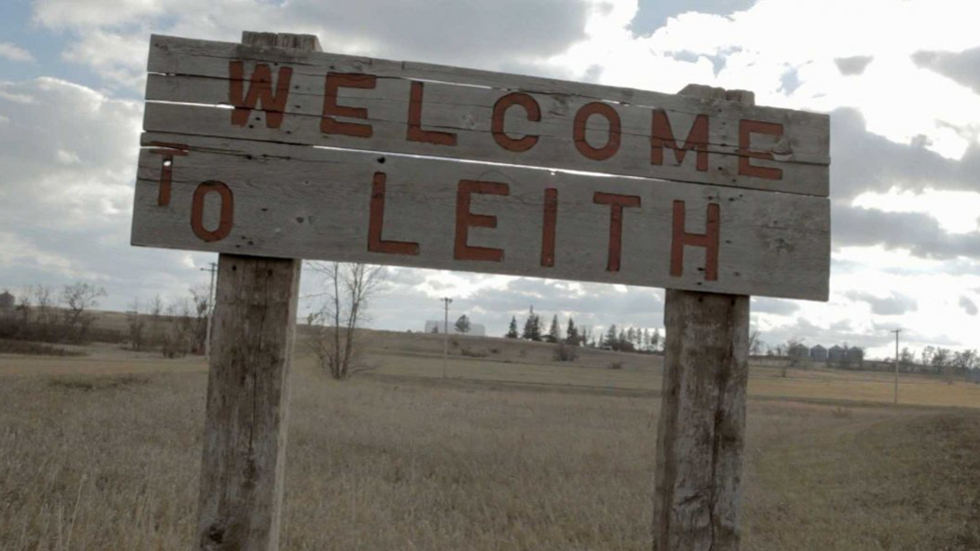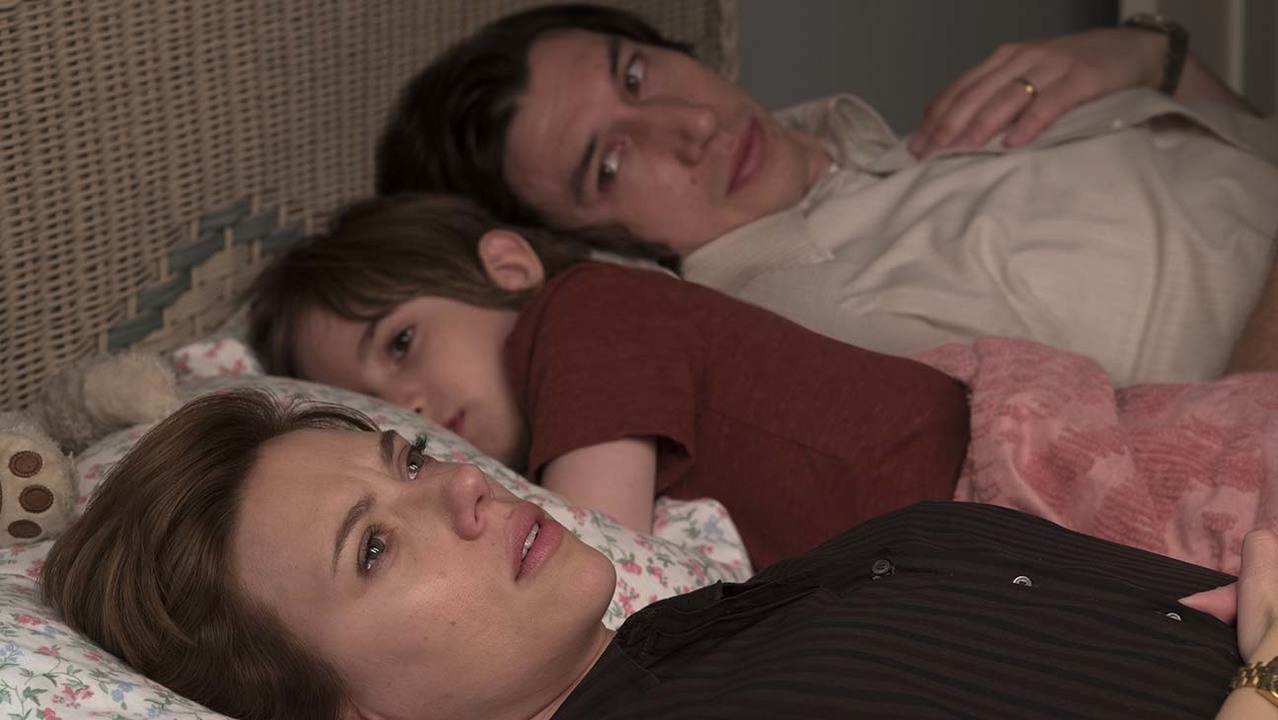
Have you ever watched a film where you had to look from left to right, or from the center to the sides, because the screen was weirdly elongated? Now, don’t try to figure out what watching a movie on a screen that stretches from one corner of the wall to the other would feel like; go check it out for yourself! From May 22nd to September 15th, the PHI Centre will be presenting Broken Spectre, an installation which includes a 74-minute film, and upon exit, a series of photographs featured in the documentary.
The room isn’t enormous, but the installation certainly is. It showcases a fourteen-meter-long screen, split into three smaller sections. The artist Richard Mosse speaks of the mass destruction in the Amazon rainforest, both ethically and ecologically. As I sunk deep into the beanbag, Broken Spectre was no longer a mere documentary; it became an experience, and I felt part of it. In such a dimly lit room, one could grasp in its entirety, the visuals, sounds, and vibrations that are felt across the floor. The human cries were heard, and so was the geophony. It was a completely immersive experience. The thumping was loud, almost like the rhythmic sound of a tambourine, echoing from all around. The swooshing of waters, squeaking of insects, and chirping of birds contrasted starkly with the brutal sounds of the saw, and the vivid crackling of the fire. This auditory interplay manipulated both the atmosphere of the installation and my state of mind, clashing serenity with disturbance.
At times, the auditory experience would become intense to the point I could no longer tell if what I was hearing were industrial sounds or desperate, helpless screams. A shiver ran down my spine as the loud mechanical noise kept on repeating. Perhaps because it embodies in a sense the unheard voices of the Indigenous people. Nonetheless, it was chilling, and in the middle of the jarring noises, the central screen suddenly cut, translating the scenery into their respective complementary screens. Juxtaposed with lively scenes of the Amazon rainforest, the aerial shots reinforced the duality of nature. Do not rely on the regenerative force of nature, for strength coexists with weakness, and beauty coexists with terror. The landscape was tainted with small red patches, demonstrating the fragile vitality of remaining trees, and even more distressingly, the very few remaining trees in the vast forest. With the constant focus on environmental crimes, such as illegal mining, logging, and occupation of territory, one must remember that man and nature are not distinct. The destruction of nature is also a genocide of its indigenous communities.
Broken Spectre goes beyond the portrayal of man colliding with nature; it is a depiction of man conquering nature, plundering beauty in all its forms. As I was seated at the center of the room, the two screens on the sides became my peripheral vision in the Amazon rainforest. Everything was in ruins, bleak and desolating. The scenery was depicted from every angle and shot I could possibly think of, anywhere between and from microscopic to aerial. It felt akin to exploring every nook and cranny of the territory. Who knows, this invasive perspective might be deliberate, as it reflects the eyes of man in his conquest of nature, mirroring the horrendous destruction of the rainforest itself.
Broken Spectre is at the Phi Centre (407 St Pierre) until September 15. Tickets available HERE.




